In the path of Ian
Could the looming hurricane be one of the biggest in Florida's history?

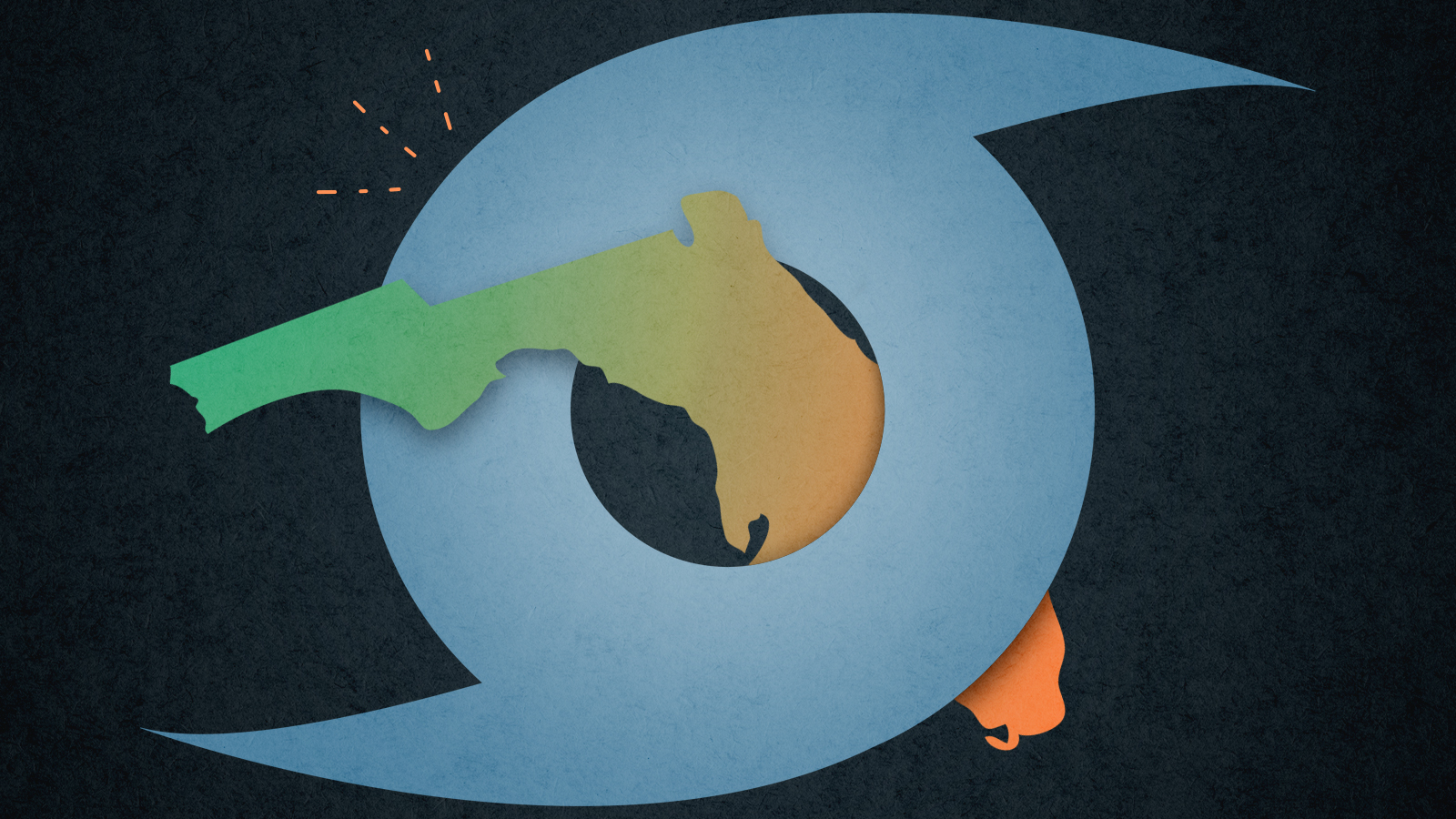
Hurricane Ian is expected to make landfall in Florida on Wednesday. It is the first storm of the 2022 Atlantic basin hurricane season to seriously threaten the continental United States, and the first since 2018's Hurricane Michael to menace the state of Florida. As Ian approaches Florida's west coast with potentially destructive winds, rain, and storm surges, how does it compare to past storms that have hit the Sunshine State? Here's everything you need to know about Florida's hurricane history:
How often does Florida get a direct hit?
The Atlantic hurricane season stretches from June 1 to Nov. 30, with an average of 14 named storms and seven hurricanes from 1991 to 2020. While that might make it seem like Florida gets crushed by a major hurricane every year, direct hits on the peninsula are actually an infrequent occurrence. If Ian indeed makes landfall in Florida, it will be the first major hurricane (Category 3 on the Saffir-Simpson scale or higher) to hit the state since Michael in 2018. Before that, the state had not experienced a Category 3 or higher hurricane since 2005.
In general, it is not unusual for a decade or so to pass between destructive storms, or at least it used to be. With climate change warming the oceans, the pace of hurricane formation is likely to increase in the coming years — and those hurricanes are likely to be wetter and more destructive.
The Week
Escape your echo chamber. Get the facts behind the news, plus analysis from multiple perspectives.

Sign up for The Week's Free Newsletters
From our morning news briefing to a weekly Good News Newsletter, get the best of The Week delivered directly to your inbox.
From our morning news briefing to a weekly Good News Newsletter, get the best of The Week delivered directly to your inbox.
What were the worst Florida hurricanes?
Perhaps the most infamous of all modern Florida hurricanes was 1992's Hurricane Andrew, which was one of just four hurricanes since 1900 to make landfall as a Category 5 storm on the U.S. mainland. A hurricane had not struck the Miami area since 1965's Hurricane Betsy until Andrew slowly approached the area and made landfall on Aug. 23, 1992. As one of the first major U.S. natural disasters of the 24-hour cable news era (cable subscribers had gone from 16 million households in 1980 to more than 52 million in 1990), Andrew was given wall-to-wall coverage. The devastation was widespread enough, with 250,000 people displaced due to destroyed or damaged homes, that South Florida changed its building codes. It was in the aftermath of Andrew that many Floridians began installing hurricane-proof windows, hurricane shutters, and even hurricane-resistant roofs.
Twelve years passed after Andrew before Florida was struck again by such devastation, this time when Hurricane Charley mauled Southwest Florida in August 2004, killing 29 and causing $15 billion in damage. The following October, Hurricane Wilma crossed the state from west to east, and was large and slow enough to wreak widespread havoc. There was a long respite until Sept. 10, 2017, when Hurricane Ida made landfall in Southwest Florida as a Category 4 storm, leaving nearly two-thirds of Floridians without power in its wake. But advances in building quality and preparations meant that Ida destroyed "only" 1,000 primary residences in the state. The storm killed 129 people and caused as much as $65 billion in property damage in the U.S. Just over a year later, Hurricane Michael slammed into the Florida Panhandle as a Category 5 storm on Oct. 10, 2018. It was the panhandle's worst-ever hurricane, killing 25 people directly and causing $25 billion in property damage.
Storms earlier in American history tended to kill more people but cause less costly property losses. A case in point is the so-called Labor Day hurricane (this was before the World Meteorological Association took over the practice of naming storms) of 1935, which struck the Florida Keys with incredible ferocity, with winds as high as 200 miles per hour. The hurricane slammed directly into a work camp for WWI veterans laboring to turn depressed Key West into a tourist hot spot, and killed more than 200 workers directly at landfall, with many "brained by coconuts flying nearly 200 miles per hour, or simply blown off the islands to who knows where," in the memorable words of National Geographic's Willie Drye. The flimsy, makeshift housing didn't rack up anything like today's eye-popping property damages, but the death toll of 408 makes it the second-deadliest hurricane to ever make landfall in Florida, after the 1928 Lake Okeechobee hurricane that killed 2,500 people after slamming into West Palm Beach on Sept. 16.
How is Ian likely to compare?
Living in a tropical cyclone zone makes Floridians a hardy bunch by necessity. After all, when conquistador Don Tristan de Luna y Arellano's weeks-old colony in present-day Pensacola was wiped out by a hurricane in 1559, the Spanish concluded that parts of Florida were too dangerous for human habitation and did not return to the Gulf Coast for 134 years. The ever-present threat of catastrophe during hurricane season means residents of the state need to have an emergency plan, and for many of the millions subject to evacuation orders this week, this is not their first rodeo.
A free daily email with the biggest news stories of the day – and the best features from TheWeek.com
Today, Florida's extensive experience with hurricanes will likely place a relatively low ceiling on the loss of human life, but might up the property damage bill, given how expensive the precautionary upgrades are, as well as recent increases in construction prices and real estate values. But there is great worry about the coastal city of Tampa, which has avoided a direct hit from a major hurricane for a century. While parts of storms have passed through the city, most hurricanes reserve their worst devastation for a relatively small area, with damaging yet survivable winds affecting areas further from the eye. If a major metropolitan area like Tampa, with a population of nearly 400,000, gets the Hurricane Harvey treatment — a slow-moving storm that dumps unimaginable levels of precipitation — all bets are off. Forecasters expect 20 inches of rain to fall on parts of the state, causing flash flooding in towns and cities and storm surges along the coast.
For Floridians, there is not much to do except evacuate or batten down the hatches once again.
David Faris is a professor of political science at Roosevelt University and the author of "It's Time to Fight Dirty: How Democrats Can Build a Lasting Majority in American Politics." He's a frequent contributor to Newsweek and Slate, and his work has appeared in The Washington Post, The New Republic and The Nation, among others.
-
 Joanna Trollope: novelist who had a No. 1 bestseller with The Rector’s Wife
Joanna Trollope: novelist who had a No. 1 bestseller with The Rector’s WifeIn the Spotlight Trollope found fame with intelligent novels about the dramas and dilemmas of modern women
-
 Codeword: December 20, 2025
Codeword: December 20, 2025The daily codeword puzzle from The Week
-
 Sudoku medium: December 20, 2025
Sudoku medium: December 20, 2025The daily medium sudoku puzzle from The Week
-
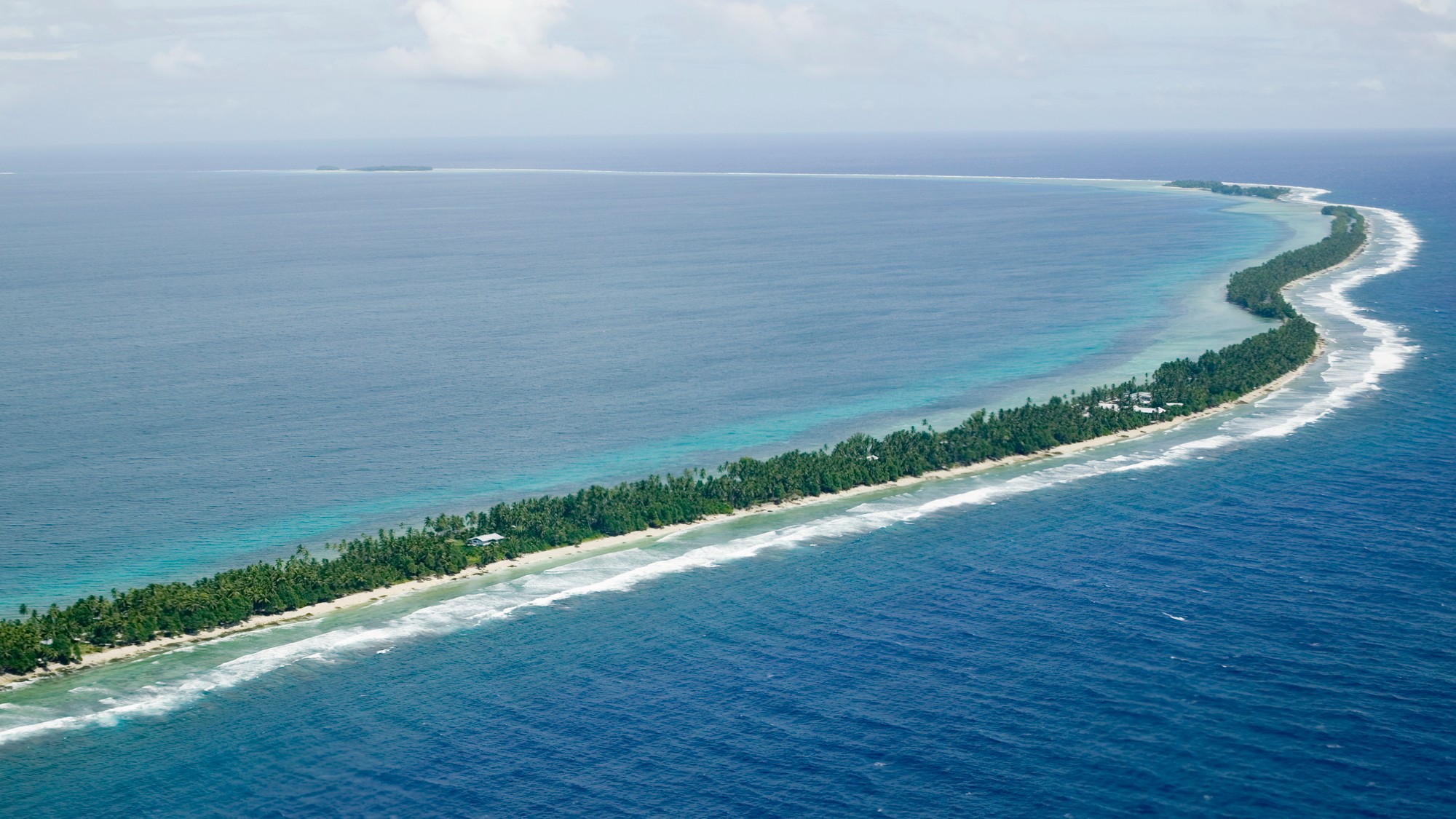 Tuvalu is being lost to climate change. Other countries will likely follow.
Tuvalu is being lost to climate change. Other countries will likely follow.Under the Radar Sea level rise is putting islands underwater
-
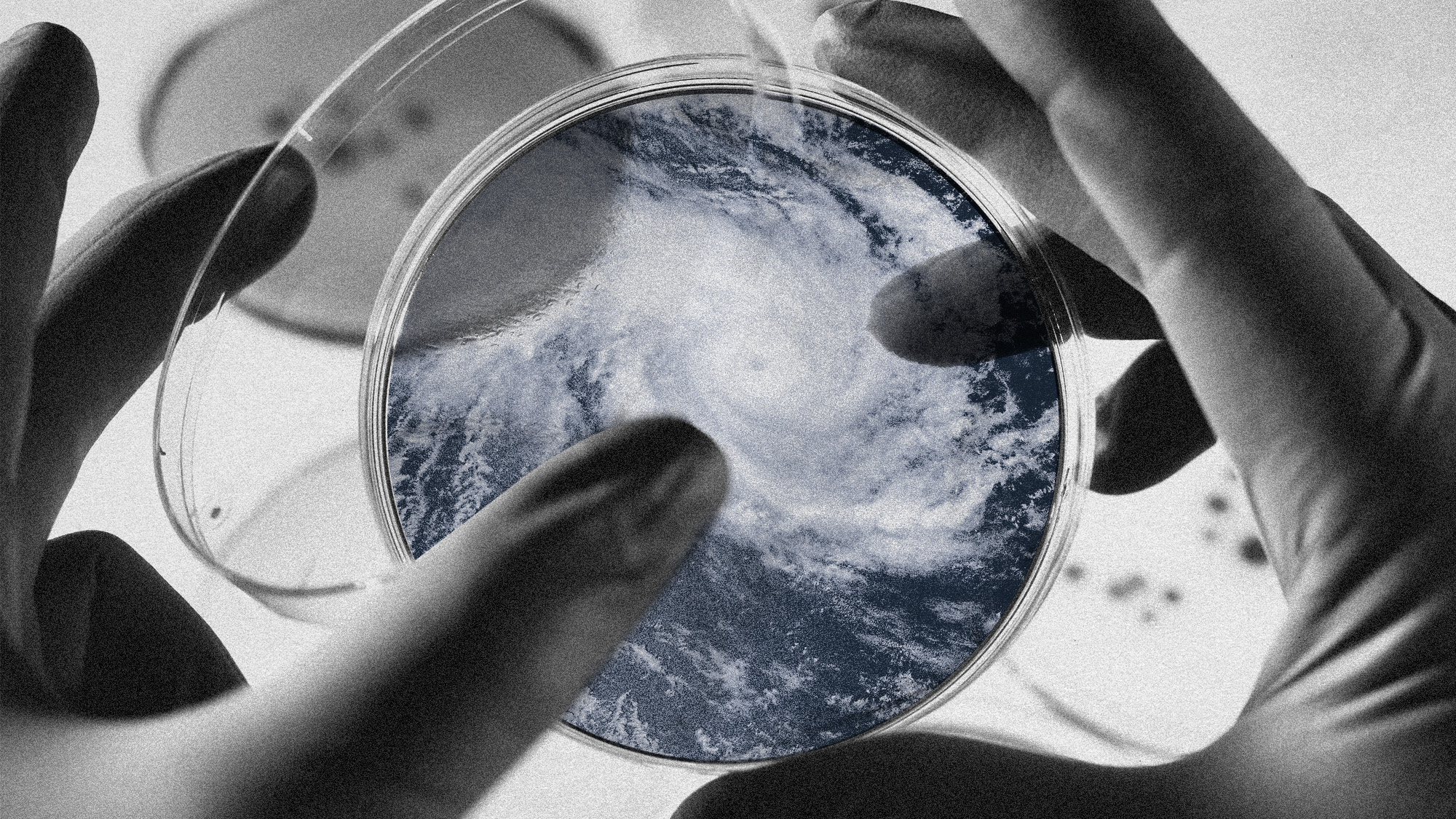 The bacterial consequences of hurricanes
The bacterial consequences of hurricanesUnder the radar Floodwaters are microbial hotbeds
-
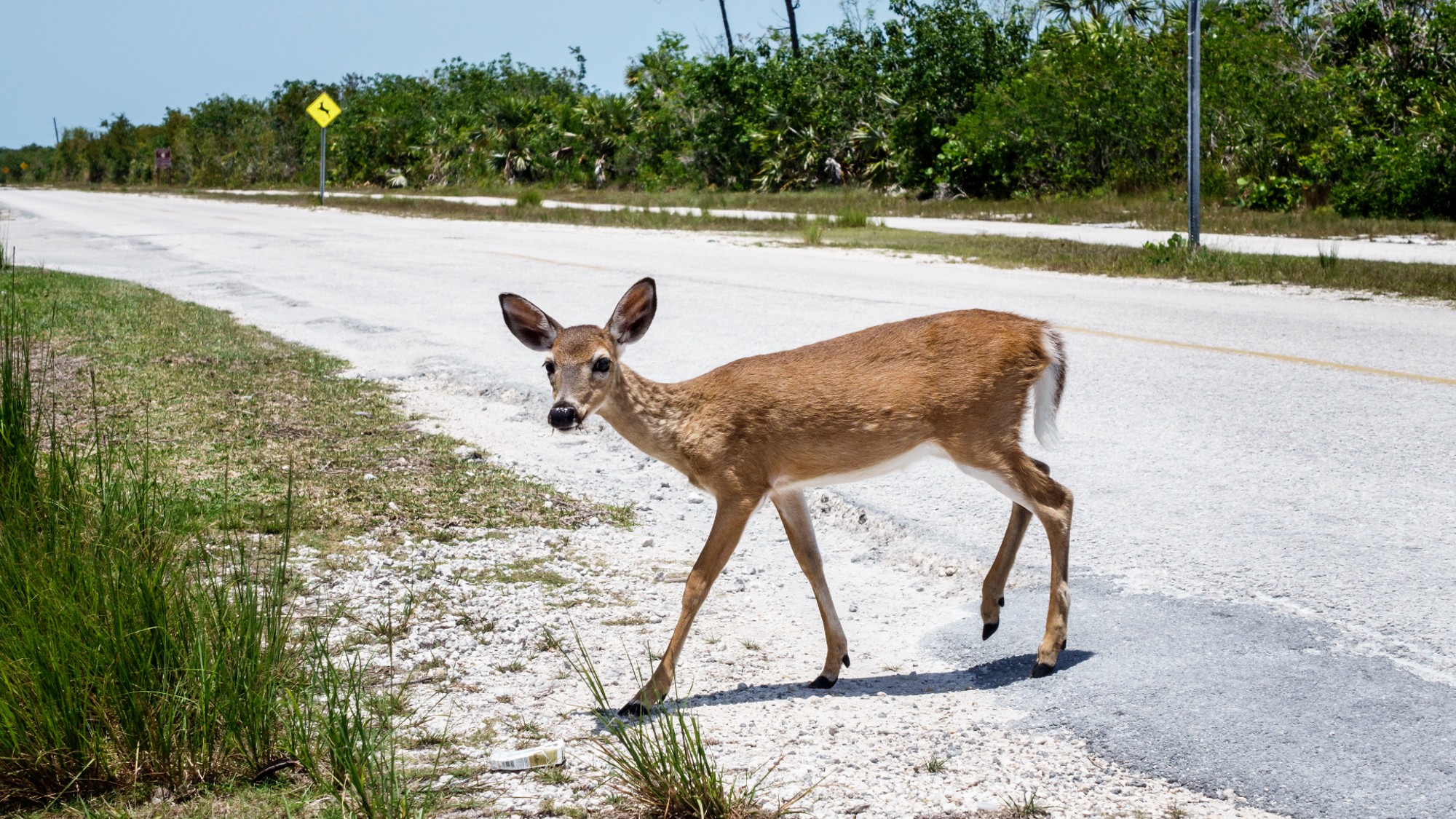 Climate change is threatening Florida's Key deer
Climate change is threatening Florida's Key deerThe Explainer Questions remain as to how much effort should be put into saving the animals
-
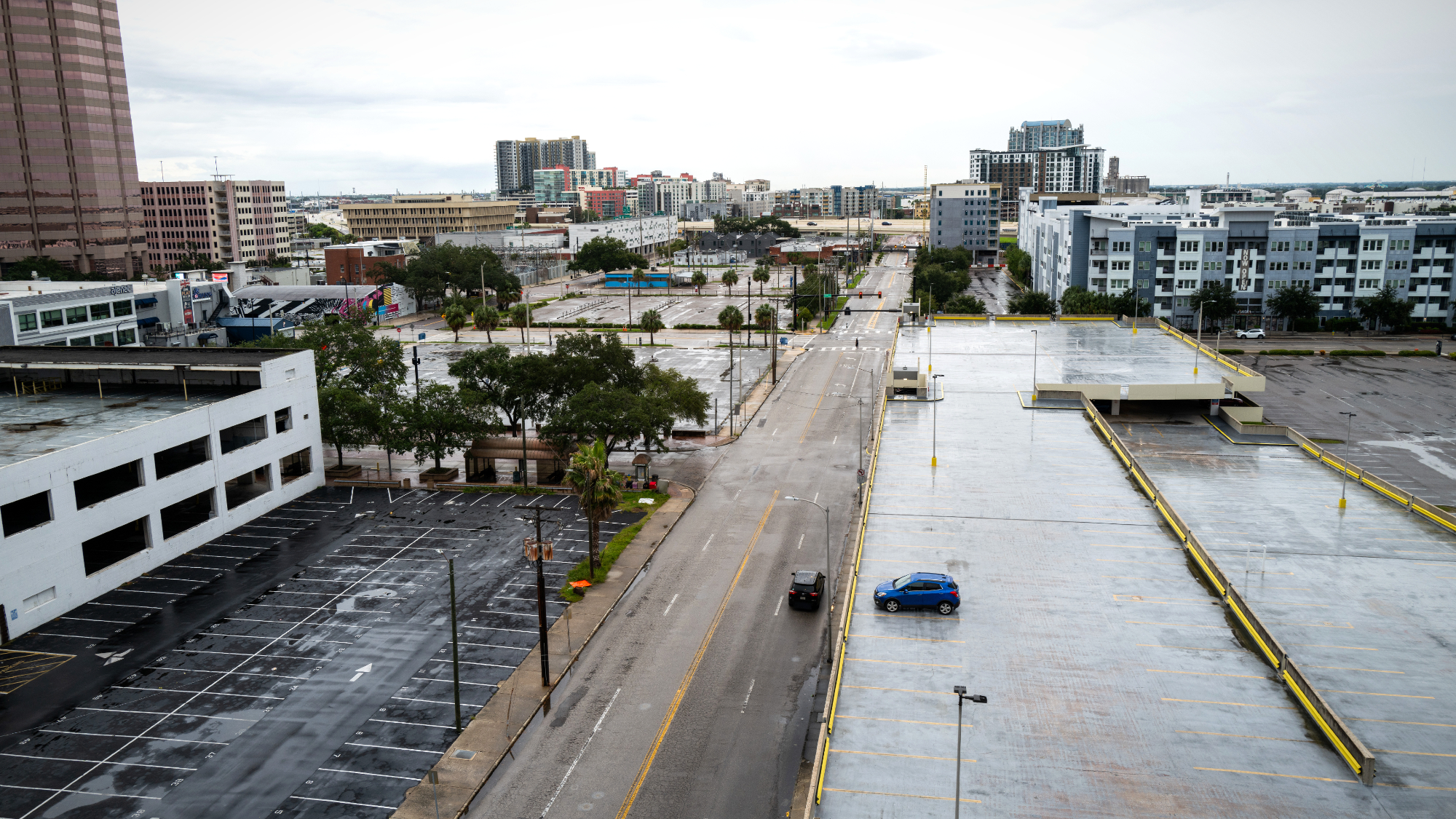 Floridians flee oncoming Hurricane Milton
Floridians flee oncoming Hurricane MiltonSpeed Read The hurricane is expected to cause widespread damage in the state
-
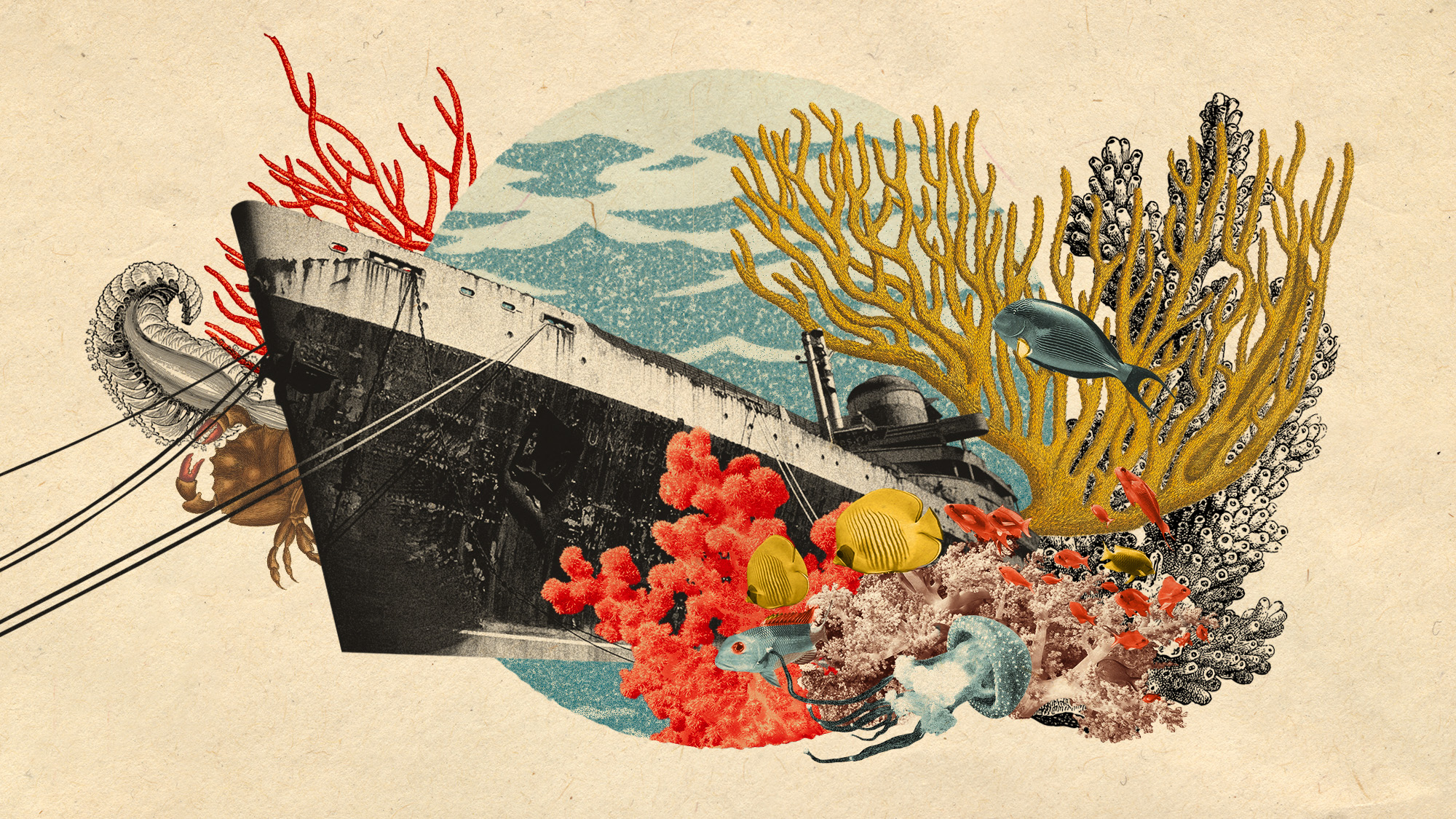 An iconic ship is being turned into the world's largest artificial reef
An iconic ship is being turned into the world's largest artificial reefUnder the Radar The SS United States will be sunk off the coast of Florida if all goes to plan
-
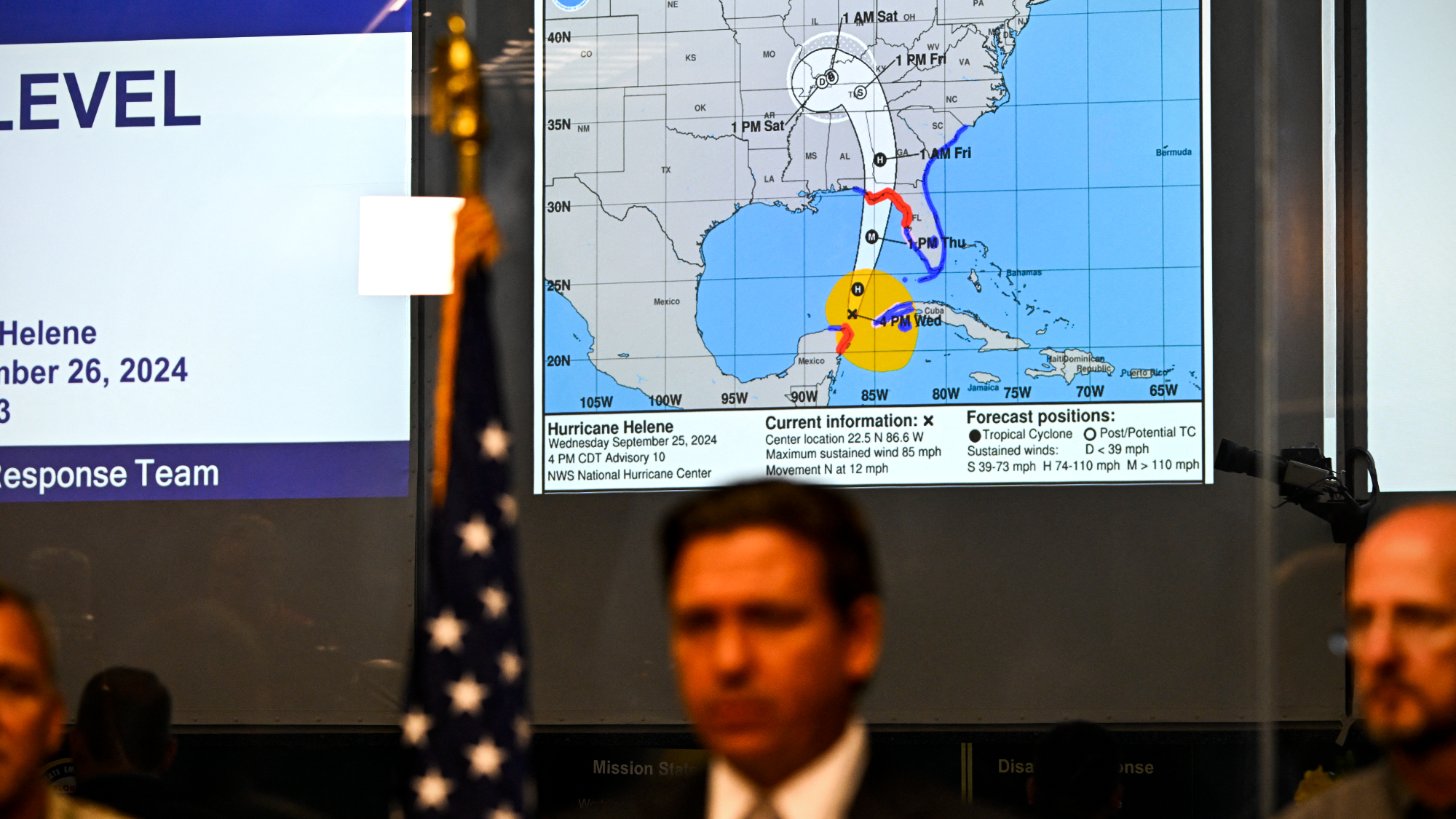 Hurricane Helene storms Florida's Big Bend
Hurricane Helene storms Florida's Big BendSpeed Read Helene is among the biggest hurricanes to ever strike the Gulf Coast
-
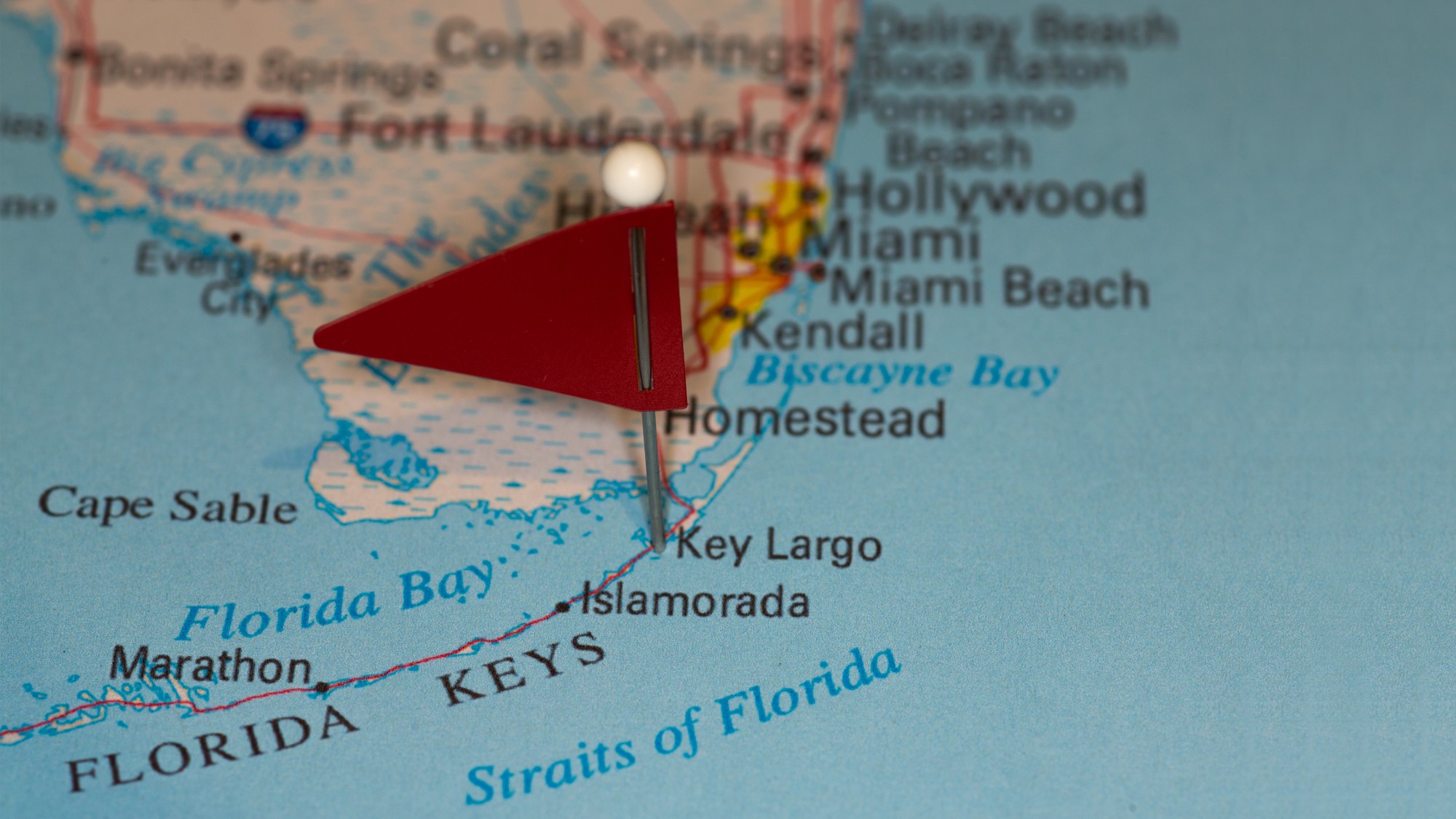 The first US species has been driven to extinction due to sea level rise
The first US species has been driven to extinction due to sea level riseThe Explainer The cactime is up
-
 Why Biden is banning Alaska Arctic oil drilling now
Why Biden is banning Alaska Arctic oil drilling nowSpeed Read The Biden administration blocks drilling on pristine federal land in Arctic Alaska
